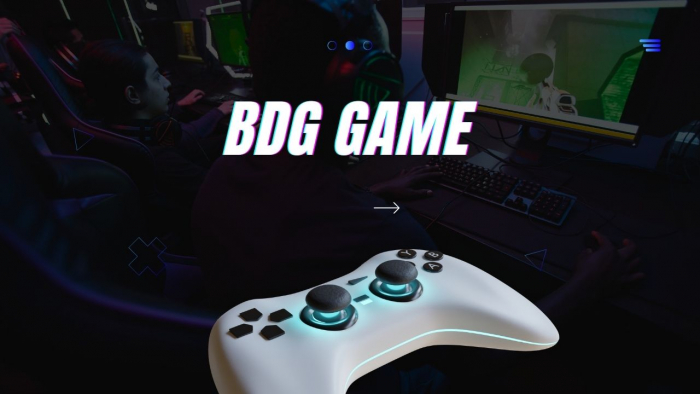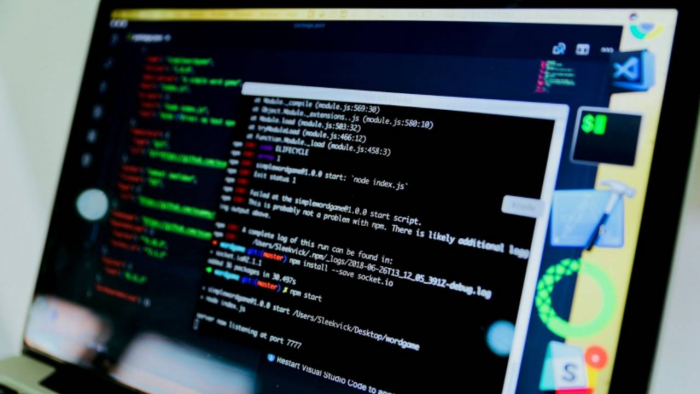Entertainment experiences are enhanced through software development. This occurs across the board, from streaming to video games and niche platforms. The tech gurus behind software development are burning the midnight oil, creating seamless transitions, immersive enhancements, and near-perfect symmetry between expectations and experiences.
Dramatic advancements have taken place in the world of interactive entertainment. This is particularly true of the gaming industry, which has transformed rudimentary, pixelated content to engaging virtual realms and photorealistic graphics.
Such is the unprecedented advancement in income-generating potential from the worldwide gaming market that GGR (Global Gaming Revenue) topped $159B in 2020, with projections of 9.3% CAGR (Compound Annual Growth Rate) through 2026. Thanks to the unparalleled advances in software development, gaming developers have introduced ultra-realistic game mechanics, physics engines, and ultra-realistic graphics.
All of these enhancements are designed to enhance the gaming experience for players, with high levels of interaction ensured through AI and VR technologies. The overarching objective in all cases is the same: Create a virtual world so real that players can’t distinguish it from reality.

The community-style vibe, an indispensable component of modern-day gaming, is bolstered by a focus on multiplayer functionality. Real-time interaction enables players to communicate, engage, and compete against one another easily.
An in-depth study conducted by NewZoo found that in 2020, there were an estimated 2.7 billion online players globally, with billions more added in recent years. Beyond the massive uptick in global participation, platforms are evolving fast to meet user expectations. New layers of interactivity are being baked into the experience, from peer engagement tools to real-time feedback loops. It’s no longer just about playing; it’s about how you connect, explore, and personalize.
Case in point: BonusFinder Canada lists online casinos in Ontario to spotlight platforms that lean into software-driven performance and seamless UX. These innovations are evident across the board, from niche platforms to mainstream hubs, where advanced development tools push the boundaries of what digital interaction looks and feels like.
How is Online Streaming Boosting the Overall Entertainment Experience?
In the leisure arena, online entertainment encompasses music, television, movies, and other forms of digital multimedia content. The quality of software development is sacrosanct in this arena. Professional software developers, graphics designers, and content ideation experts work diligently to create a seamless UX.
These user experiences are recorded through data analysis for deep insights, customized content recommendation engines, detailed feedback on browsing habits, and suggestions for personalized content. As far as streaming is concerned, these platforms are predicated on streaming protocols and video encoding for HD multimedia content across the board.
In terms of development potential, software updates, upgrades, and accoutrements now include ML (Machine Learning) and AI (Artificial Intelligence) technology. These cutting-edge technology systems facilitate optimized software offerings, enabling distributors and content creators to leverage generated feedback for optimal customer satisfaction. From a sheer scaling POV, cloud-based infrastructure allows for increased reliability with huge numbers of connected viewers.
As a case in point, a 2024 Conviva study (State of Streaming) discovered a 44% uptick in global streaming in 2020. As an example of the explosive growth of streaming, in the first quarter of 2024, Statista reported that Netflix had amassed 208 million subscribers. Notably, that number surged to 301.6 million Netflix subscribers in August 2025 (DemandSage).
Using Software to Boost Performance of Live Events
Software is the game-changer when it comes to boosting the performance, appeal, and power of live events. Think of theatrical performances, sports-related content, and live concerts. The introduction of immersive audiovisuals and interactive elements boosts the real-deal appeal of real-time streaming services.
The symmetry of these functions and features bodes well for a radical rethinking of how audiences appreciate and experience live entertainment experiences. This type of remote access to live content is a literal game-changer for audiences; it transcribes the mood and feel to players’ screens in real-time. Additionally, the inclusion of interactive elements, such as live chat, real-time polls, and instant connections, creates a more engaged audience.
When real-time streaming and enhanced software elements, such as augmented reality, are combined, viewers experience a unique set of features. These engaging experiences cater to the changing needs and preferences of audiences. It comes as no surprise that today’s entertainment user-base leans heavily toward live videos and blogs by a margin of 4:1. Equally stunning is the fact that audiences prefer live streaming video content over social media by a similar ratio.
All in all, it is abundantly clear that software development enables the creation of engaging experiences that seamlessly blend the best of player expectations and technological advancements. Innovation is ongoing and is expected to play a significantly larger role in reshaping the entertainment industry. The advances in software development are accelerating, and the entertainment industry is scrambling to maintain pace.
Incredible changes are up ahead, and players are chomping at the bit!
Post Comment
Be the first to post comment!





